Surprising Photos of Historic Figures Who Lived Into the Age of Photography
It’s easy to think of early presidents, revolutionaries, and artists as figures lost to time. They are believed to have passed away long before cameras existed. However, photography emerged earlier than many realize, and several well-known names lived long enough to be captured on film.
These rare images condense centuries into a single frame. Seeing these figures in photographs alters our perspective on history. It makes the past feel closer, the people more real, and the timelines less distant.
John Quincy Adams

Credit: Wikimedia Commons
He looks unamused in the photo, and that’s understandable. John Quincy Adams had already been president when the daguerreotype was taken in 1843. He was born in the 1700s, photographed in the 1800s, and remembered well into the 1900s.
Hannah Stilley Gorby

Credit: Wikimedia Commons
She lived through the French and American Revolutions, but she also lived just long enough to sit for a photo. Gorby was believed to have been born around 1746 and is the earliest-known person to have been photographed. The fact that she even ended up in front of a camera is almost an accidental part of history.
Frederick Douglass

Credit: Wikimedia Commons
Douglass saw photography as a strategy. By posing frequently and presenting himself with formality and confidence, he rewrote the visual narrative of Black Americans in the 19th century. He became the most photographed American of his time, on purpose.
Billy the Kid
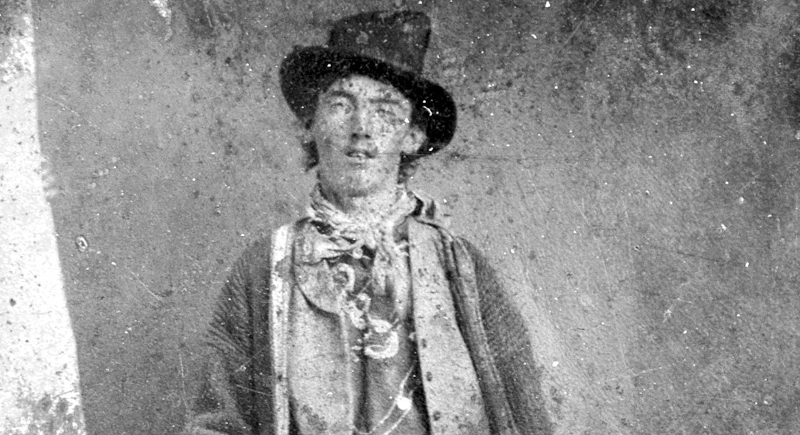
Credit: Wikimedia Commons
Only one verified image of Billy the Kid exists, and it’s rough around the edges, just like his story. He’s leaning on a rifle, staring into the distance. It’s like a surveillance photo, which probably helped build his image as the real deal.
M. Lefebvre
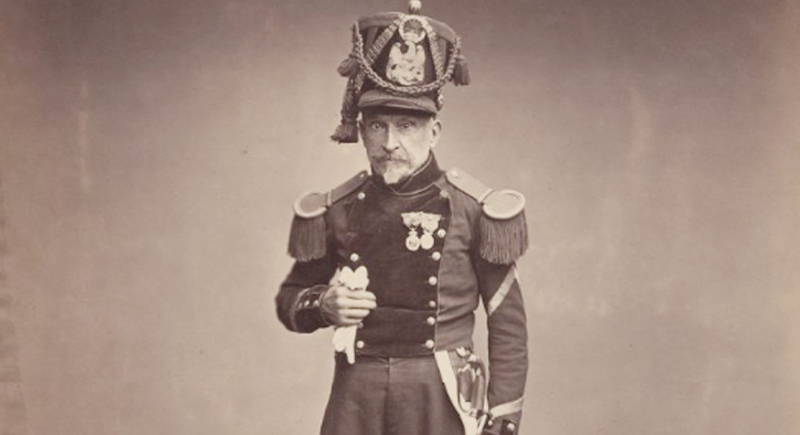
Credit: Wikimedia Commons
This French veteran of Napoleon’s army dressed like he was reporting for inspection. In 1858, long after Napoleon’s fall, Lefebvre sat proudly in uniform, medals and all. Seeing him in a photograph makes the Napoleonic wars feel oddly recent.
Calamity Jane

Credit: Wikimedia Commons
Calamity Jane’s wild reputation took a quieter turn by 1901, when she was photographed near a stove, looking almost domestic. The woman who claimed to have ridden with Wild Bill and lived rough now appeared settled, her face lined more by time than gunpowder. The contrast adds complexity to a life often told in extremes.
Vincent van Gogh

Credit: Wikimedia Commons
This is the only known photo of Van Gogh’s face that survived, taken when he was 19 and still working as an art dealer. With his hair combed and wearing a dark suit, he seems almost unrecognizable compared to the anguished self-portraits he’d paint just over a decade later.
Harriet Tubman

Credit: Wikimedia Commons
Tubman’s portrait, taken late in life, captures the intensity of someone who led dozens of enslaved people to freedom. Her worn face and layered clothing say more than any caption could about a life lived under pressure, and on purpose.
Robert Cornelius

Credit: Wikimedia Commons
He might’ve beaten the selfie craze by about 180 years. In 1839, Cornelius set up a camera outside his family’s store and took what’s now considered the first photographic self-portrait. The blurry result isn’t glamorous, but the effort is. He didn’t smile, probably because he had to hold still for minutes.
Annie Oakley
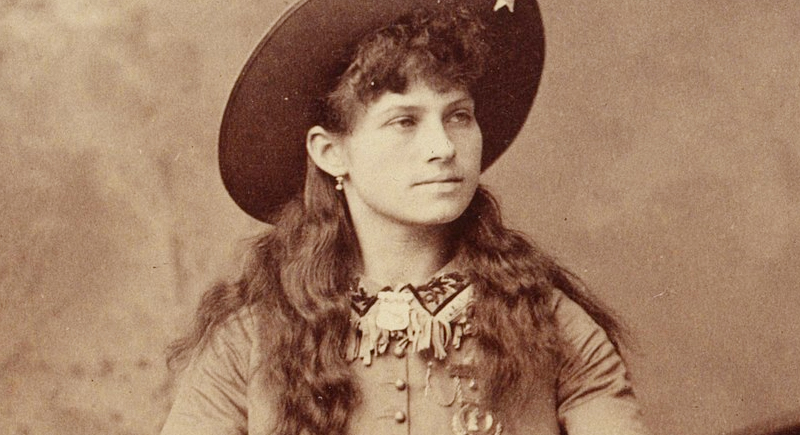
Credit: Wikimedia Commons
In photos used to promote Buffalo Bill’s Wild West show, Oakley appears poised, despite being one of the most skilled sharpshooters of her time. The contrast between her calm demeanor and professional focus gave her myth an edge.
Daniel Bakeman

Credit: Wikimedia Commons
This Revolutionary War veteran lived to 109, which was rare enough, but getting photographed pushed him into a different kind of record book. His weathered face is a final link to 1776. The portrait feels like an accidental time capsule.
Helen Keller and Anne Sullivan

Credit: Wikimedia Commons
In an outdoor image, Keller stands beside Sullivan as a public figure in her own right. The two women’s work together spanned decades and shifted how people thought about education, disability, and public life.
Leo Tolstoy

Credit: Wikimedia Commons
Before he was a moral philosopher and literary heavyweight, Tolstoy looked almost like a student at military school. A photo taken early in his life shows him polished and uniformed, with no beard in sight. The man in that photo hadn’t yet invented his own brand of existential crisis.
Duke of Wellington
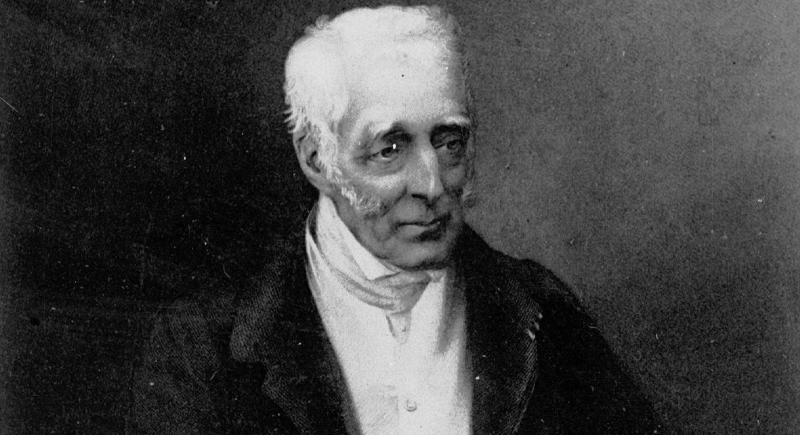
Credit: Wikimedia Commons
The man who defeated Napoleon sat for a photograph in his mid-70s. The camera captured a face more worn than warlike, yet unmistakably the same figure from textbooks. He died just eight years later.
Rasputin
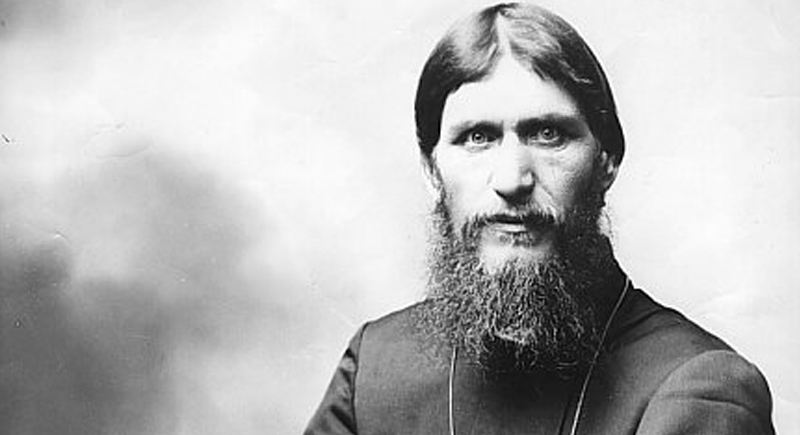
Credit: Wikimedia Commons
In a 1914 group photo, Rasputin stands amid admirers, staring straight into the lens. His presence seems magnetic. Whatever else might be disputed about him, the photo makes one thing clear: he commanded attention without speaking.
Charles Darwin

Credit: Wikimedia Commons
By 1869, Darwin had stirred scientific waters with On the Origin of Species. Yet the photo by Julia Margaret Cameron doesn’t scream controversy. He’s posed with his eyes slightly downturned.
Martin Van Buren
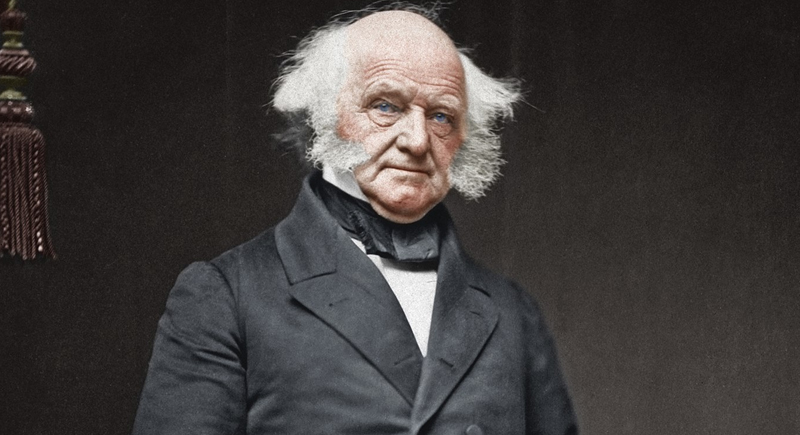
Credit: Wikimedia Commons
The eighth U.S. president appears in later-life photos with a wild halo of white hair and a sharp expression. He was born during the Revolutionary era, so he outlived much of the 19th century and saw photography shift from a scientific experiment to a political tool.
Butch Cassidy

Credit: Wikimedia Commons
Cassidy cleaned up well. In one studio portrait, he looks like he might sell insurance, and not rob trains. The image is thought to have helped him elude the law later.
Wright Brothers

Credit: Wikimedia Commons
A 1909 image shows the brothers seated outside a building, looking ordinary. But just a few years earlier, they’d made the first powered flight.
Queen Victoria

Credit: Wikimedia Commons
In an 1887 portrait, Queen Victoria looks as intense as her era’s reputation. She’s veiled, seated, and rigid. By then, she’d reigned 50 years and outlasted several prime ministers. The photo doesn’t soften her presence. Her reign defined an era, and photography caught the essence of it.